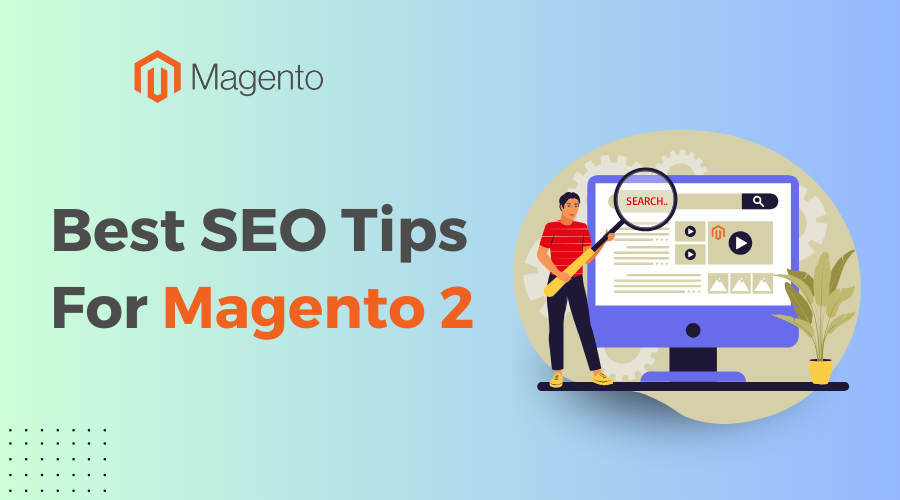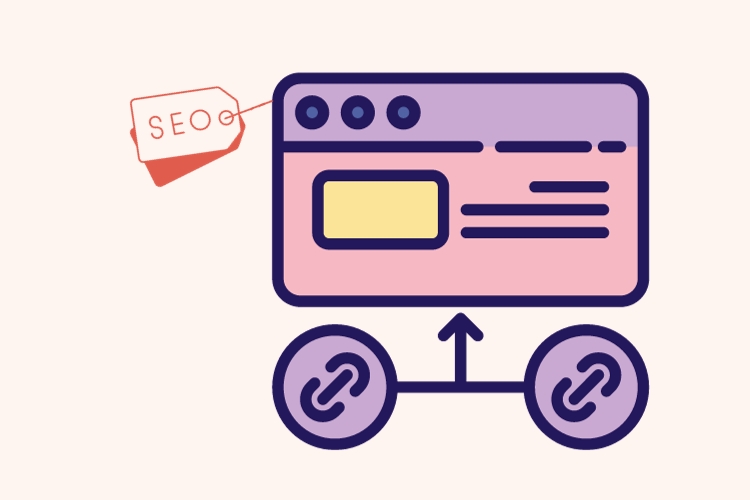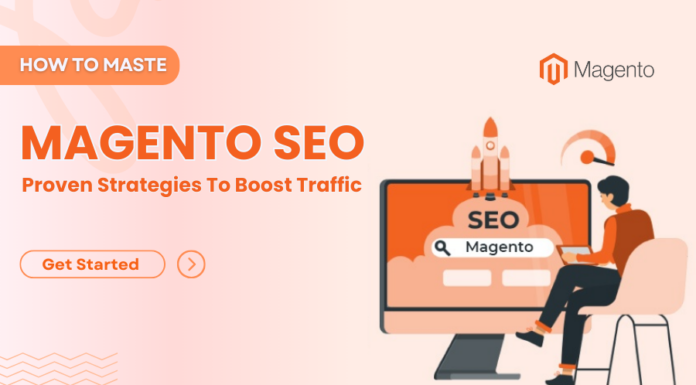
There are many great e-commerce platforms to use as a business with an online store. However, the features that they excel in, such as ease of use and support are overshadowed by their inflexibility to create a completely bespoke experience for the customers.
With Magento 2, a business’s online store can turn into something unique. Magento 2 allows for the tailoring of the platform to fit store needs, whereas other platforms fail by making it a battle between facing compromises or improving store capabilities such as improved customer experience.
Table of Contents
I. What is Magento 2?
Magento 2 is an e-commerce platform built on open-source technology allowing customization of functionality on a large scale, offering powerful and flexible features in catalog management, content, search engine optimization, and other functionalities.
To sum it up, Magento 2 is a free website-based software package that allows the user to run and control a transactional website for goods and services online. Magento 2 also grants the flexibility to create a bespoke shopping experience for both the customer and the business team.
Because Magento is free and open source, it means that once all the limitations of what Magento can do straight out of the box have been reached, a developer can adapt and develop the software to be better suited for the needs of a business.
II. Benefits of using Magento 2
The benefits of using Magento are tied to the features that are on the platform. By skillfully configuring these features, any business can reap big from its online store. With Magento 2, users can be assured of a myriad of benefits listed below;
2.1. Platform Flexibility
Magento is among the most flexible platforms. It is almost possible to do whatever you want on the platform, especially in terms of customization, customer experience, marketing tools, pricing selecting models.
2.2. Access To a Rich Features List
By comparing the out-of-the-box features that Magento provides with any other platform, Magento 2 comes on top. For a mature and new e-commerce store, Magento has various features that help drive profits in this competitive market.
2.3. Open Source
Magento is an open-source platform that allows for contributions to its core. And with this huge community of people, it gives a super boost to the platform’s growth and development. In addition, on the Magento 2 platform, the community can enjoy organized meet-ups and contribution days.
2.4. Third-Party Integration
Magento being an API-driven platform, allows for integration with almost every third-party service available. If an ecommerce store has a lot of microservices and third-party dependencies then Magento 2 probably is the best choice.

III. 5 best SEO tips for Magento 2 to have a better ranking
Running an online store with an amazing storefront and fantastic deals all wrapped around a 5-star service is no good if nobody can find it. By the use of SEO in the visibility campaign the store gets more traffic and a high ranking.
To that end, below are some tips to elevate your SEO efforts on Magento 2:
3.1. MetaTags For SEO
Having optimized title tags and meta descriptions is arguably going to be one of the most important factors in the success of any SEO organic marketing campaign. Not only because they’re necessarily going to be the thing that helps dictate traffic toward the website but also improve ranking in search engines.
It is common to misjudge the direct correlation between having optimized meta descriptions and ranking highly in the SERPS. That’s because the focus is on the algorithm and not on the human being who sees it.
For better SEO results, crafting enticing meta descriptions will increase the listings’ click-through rate. As the click-through rate does affect overall rankings, including keywords in the meta description will prompt Google to put the phrase in bold making it stand out higher in the SERPS.
On Magento 2, navigate to the product page or product category in the backend then click on edit. Followed by opening up the tab on Search Engine Optimization and as you scroll down you see a slot for meta description. That is where you would enter the meta description for your page.
3.2. Editing Content
One of the most important and often overlooked factors is where a business Magento website ranks in Google is the content present on the pages. Bear in mind that Google is primarily indexing text and to get a high ranking, so there is a need to clearly show that the page is about the target keyword.
Add content to all pages, products, and category pages and include various LSI keywords, keyword variations, and keyword modifiers. This will give the best chance of ranking for a broad amount of keywords. When adding content to the Magento pages, make sure you do not harm the user experience.
Remember any e-commerce category content is there for the sole purpose of ranking in Google and spreading URL rating. To edit content on a product, open the product in the backend of Magento and scroll down to where it says content. Press on it and there will be a WYSIWYG editor. Simply add the content to the product and then click save on the top right.
3.3. Add Internal Links
Internal links play an important role in SEO, and adding them is one of the most effective SEO tips for Magento 2. If a webpage doesn’t have any other pages linking to it, Google thinks the pages are of low importance. On the other hand, if a page has a lot of links pointing to it, Google thinks the pages are of high importance, and because of this online stores should prioritize internally linking to their most profitable web pages.

The easiest way to find internal linking opportunities in your Magento website is to search Google for every page store’s domain that mentions the keywords it is targeting. The best way to integrate this into the store’s Magento SEO strategy is to add internal links to the category pages from other category pages, regular pages, and blog posts.
Do not add links to the category pages from product pages as this could harm the overall e-commerce conversion rate.
To add an internal link in Magento 2 simply highlight the text you wish to add the link to and click on the paper click icon. Then paste the URL that is needed to create the link and then click OK. It should work if there is an underline underneath the text.
3.4. Redirecting Content
If a business in Magento 2 website is accessible with both the WWW. and non WWW. version of their website then there will be issues with duplicate content. This is because Google and all other major search engines see those two as different web pages.
Because of this there is a need to redirect one version to the other. That can be easily done in Magento 2 by auto redirecting to the base URL.
On Magento first click on stores on the bottom left and then scroll up to Configuration under settings. Then go to general and then web. On the Auto-redirect-to-base-URL field, select the 301-Moved-Permanently option. After selecting that, go ahead and click save configurations.
3.5. Clean URLs
One of the most important Google ranking factors is the URLs’ relevancy to the keywords that are being targeted. Ideally include the target keyword in the URL and keep the URL as short as possible.
In Magento 2, a website that doesn’t have web server rewrites enabled will create non-search engine-friendly URLs that convey nothing of value to the search engines or the customer.
To enable web server rewrites in Magento, first click on the store button at the bottom left and then scroll up and click on Configuration under the settings. Then go to general, then web, and then scroll down to where there is Search Engine Optimization.
On the Use Web Server Rewrites, select Yes and then click Save Configuration.
IV. Conclusion
These are some of the simple ways that an online store can improve ranking. If possible, all tips can be used simultaneously for better results. But a rule of thumb is to use one after another while tracking performance to understand which one works best for the business.












![[SALE OFF] Discount 30% All Premium Extensions On Christmas And New Year 2025 christmas-and-new-year-2025](https://landofcoder.b-cdn.net/wp-content/uploads/2024/12/christmas-and-new-year-2025-1-218x150.png)






